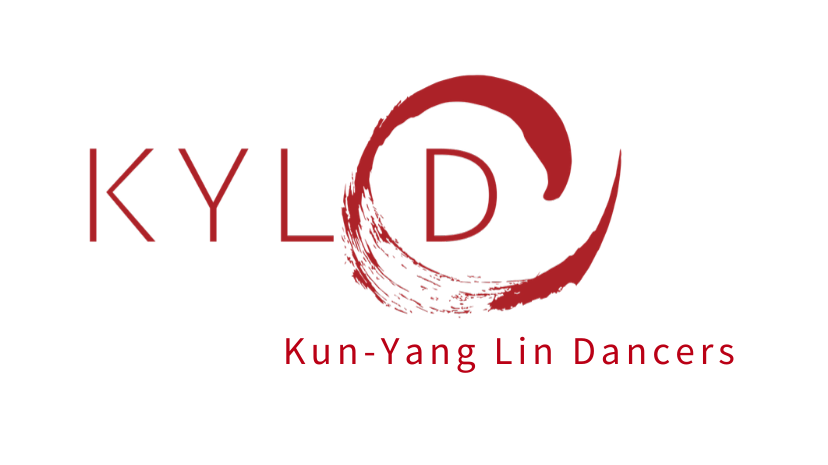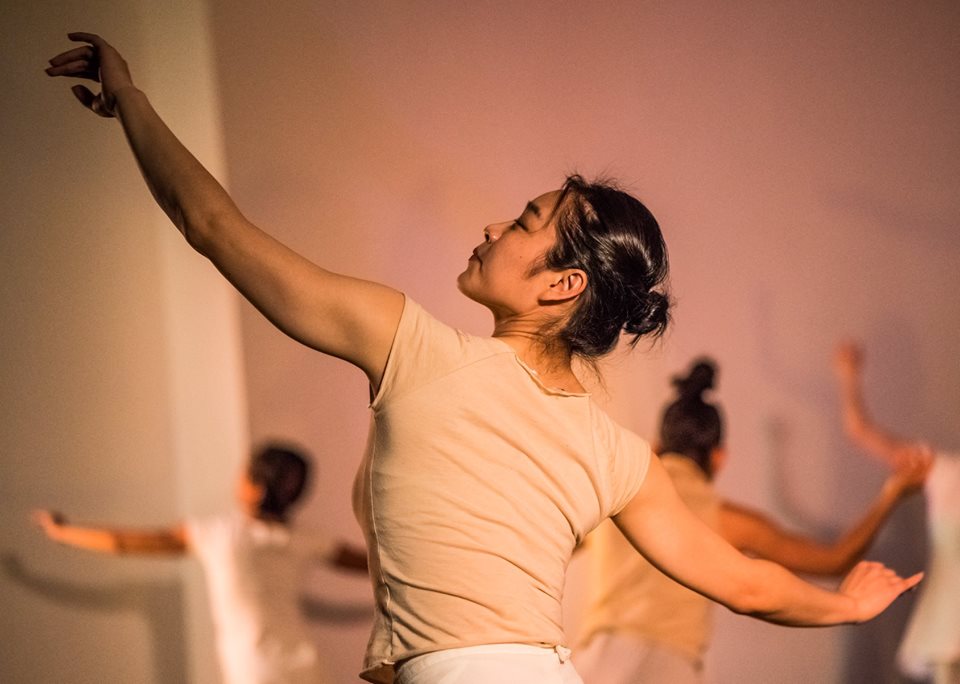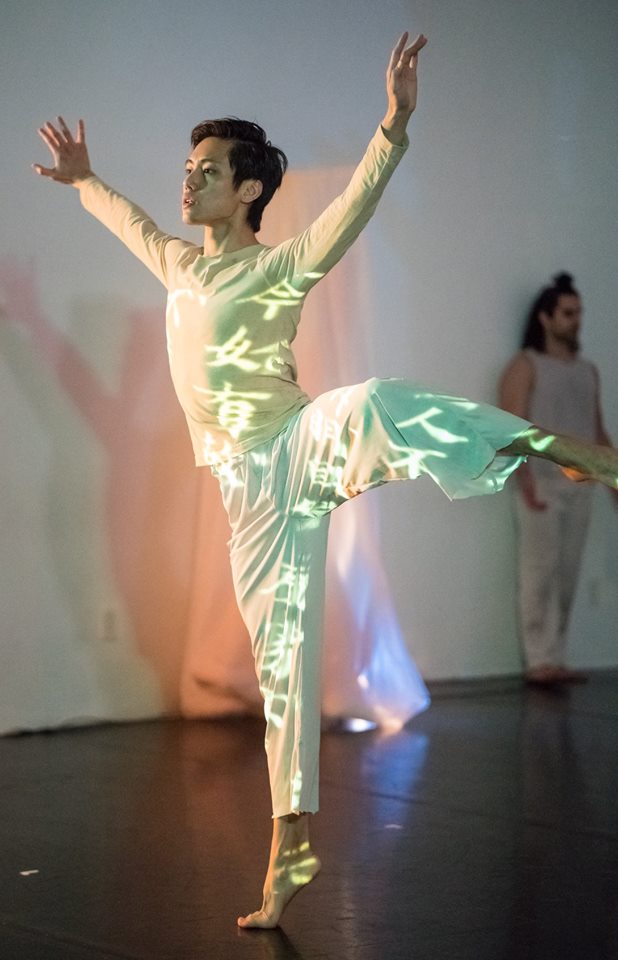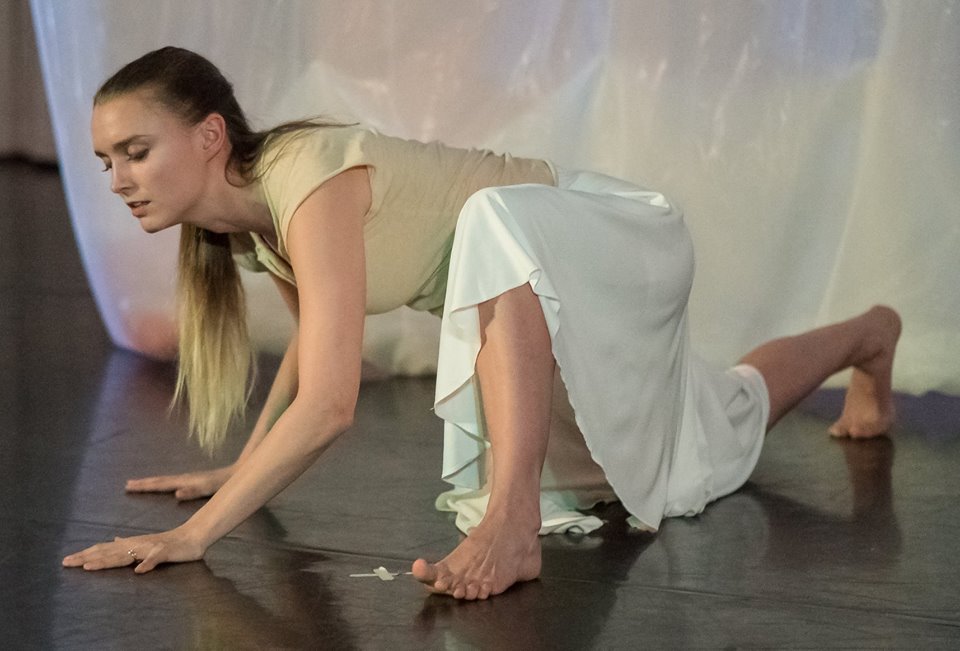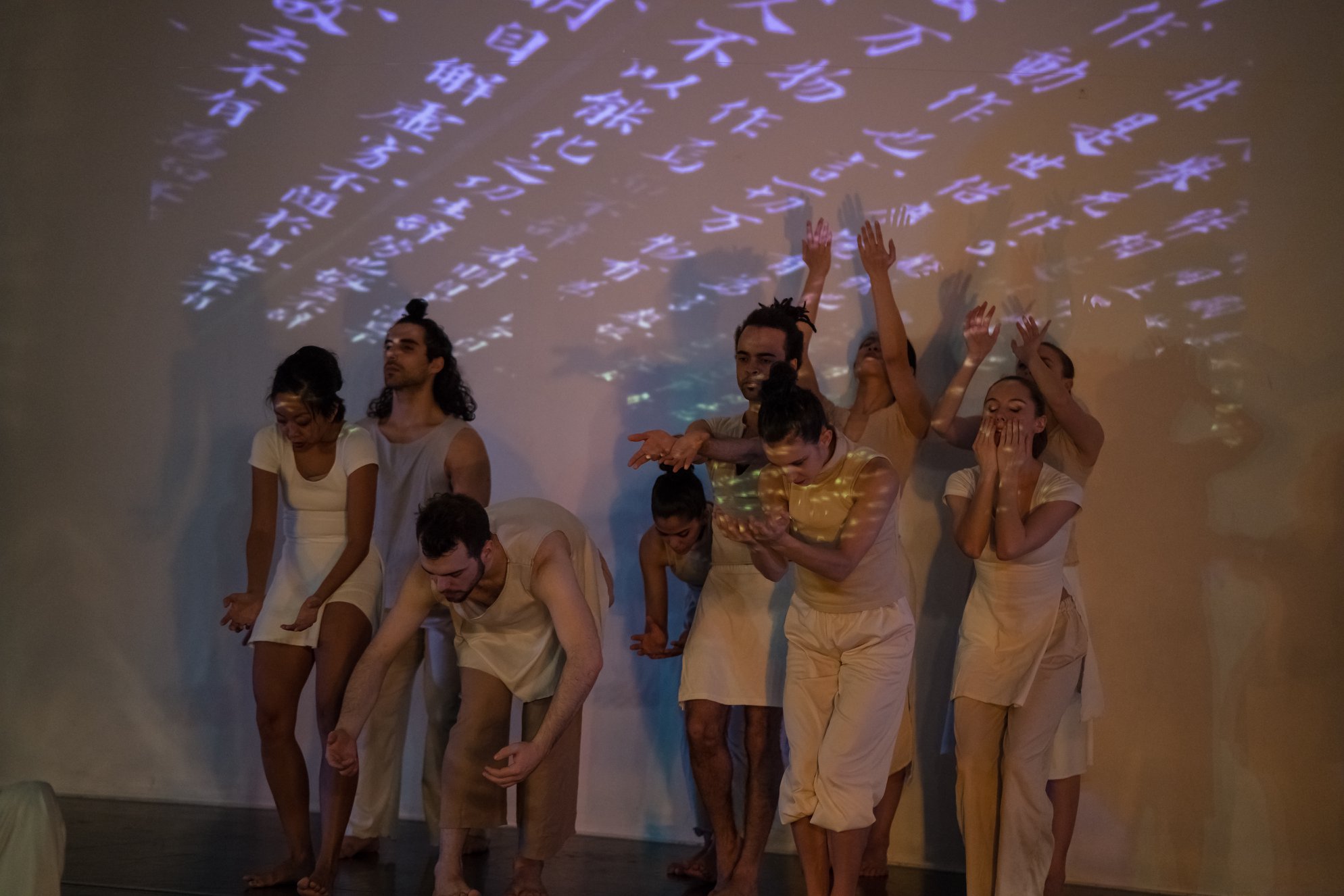For the past few months, we’ve been examining how the body understands and communicates in the space between the known and the unknown; how the body enables and sustains meaning and notions of mystery. This has been explored through the Story Circles, extensive physical research in rehearsal, the Open Studio Showings, and sharing excerpts of Faith Project/THE DOOR in process. Kimerer LaMothe has shared her scholarly research on the ways the body performs meaning within mystery.
So, how does a multimedia designer - someone who works with technology, seemingly absent of the body - fit into the fabric of Faith Project/THE DOOR?
Last week’s Open Studio Showing revealed some of the answers - and more questions.
Multimedia designer, Jared Mezzocchi invited us (the audience) into the process in which he’s been engaging for the past few months - participating in the Story Circles, watching the dancers in rehearsal and talking with Kun-Yang through the creative process. He observed that Faith Project/THE DOOR is also asking questions about perception.
In the final Story Circle, Kimerer, identified some of the questions that religions ask us to consider, including:
Do you Believe?
Do you Believe in “GOD”?
Do you Believe in MY God?
Do you Believe in the RIGHT God?
Do you Believe in ONE God?
And the Story Circle participants observed that they viewed the microcosm of Faith Project/THE DOOR through the lens of their own religious background. For some, this also led to a reflection that they view the macrocosm of the world through the lens of their religious background.
Last Saturday (and I’d venture to guess many times before and since), Jared asked,
How do I see what I see?
How do you see what you’re seeing?
Maybe what I’ve always seen is not the totality of what there is to be seen?
It is from this perspective that Jared approaches his role in Faith Project/THE DOOR. Using the movement the dancers create and a plethora of technologies (cameras placed at different angles on and around the stage, projections, and software) he offers the audience an opportunity to see from a new and different perspective.
Jared, Kun-Yang, and the dance artists demonstrated some of the processes and technologies with which they’ve been exploring. “Some of what you’ll see today, and what the audience will see in the performances, will be happening for the first time. All of the design and decision making is and/will be happening in real time,” Jared revealed to us. We watched the dancers perform some of the movements we’ve seen in previous sharings. Jared’s been watching the rehearsals for several months and developed software that reflected and projected natural elements he perceived from the energy of the movement - dust, water, and light among others. As the dancers moved, the cameras and software captured their movement and simultaneously translated their movement into a second visual element. Dance artist Evalina “Wally” Carbonell pounds the floor - a cloud of dust seems to bounce off of the floor. It’s not an actual cloud of dust, but the projection responding to Wally. As an active participant, I add my own lens to what I’m seeing - Wally in the studio with projected dust particles around her, or a woman, prone in the dirt fighting for strength? Understanding? Permission? Survival? Truth?
In using multimedia design, Jared, Kun-Yang, and the dance artists allow me to witness and partake in another opportunity to move through my own perceptions and into the unknown of what else could be.
This is yet another level by which KYL/D is expanding the questions of how we exist as bodily selves in a contemporary world. Jared was adamant that his role was supporting the expression of the living body and the dancers. My mind floats to the current body of research that suggests one of the causes of some of the anxieties and fears of our society is technology and the role of social media in contemporary culture. KYL/D is inviting us not only to challenge our perceptions of the way we connect with ourselves, our communities and mystery through the lens of faith, but they are also challenging us to question what we identify as that being/presence/mystery/entity that is greater than ourselves. Is our contemporary god one from ancient faith practices or one that we’re creating through technology? In creating doors of opportunity through technology, are we closing other doors of physical connection or is it possible for technology to be another tool through which we explore meaning and mystery as bodily selves?
I’m left with more questions and am grateful that KYL/D is challenging us to seek the answers. There’s still one more Open Studio Series left for you to get a glimpse of the depths behind the scenes of Faith Project/THE DOOR. Bring your questions, experiences, and an expectation that “what you’ve always seen might not be all there is to see” on March 10th.
~ Jessica Warchal-King
NOTE: To make a comment on this blog, you do not need to make an account- just click "Comment(s)" in bottom left hand corner, write your comment in the comment box that appears, click "Post Comment..." then type in your first and last name and click "Comment as Guest")
Major support for the Faith project has been provided by The Pew Center for Arts & Heritage, with additional support from the National Endowment for the Arts.
